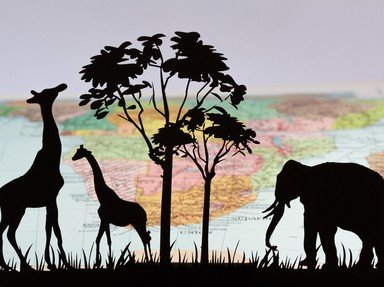Quiz Answer Key and Fun Facts
1. Likely to be the earliest animal to join us in partnership, what animal is the dog probably genetically descended from?
2. The correct conditions need to be in place for domestication to occur. Which of the following is NOT a requirement?
3. What change in human civilisation brought about the domestication of the cat?
4. What is the name of the Russian scientist who performed an experiment on foxes that lead to an understanding of the changes that can occur upon domestication?
5. The domestication of cattle also brought about a physical change in the humans who domesticated them. What changed in us?
6. What animal has arguably been the biggest asset to human transportation?
7. Can zebras be domesticated?
8. Which animal has been used for transport and entertainment in the circus but is NOT domesticated?
9. Most domesticated animals are mammals, however we have domesticated insects too. Which ones from the choices below?
10. We generally domesticate animals to be useful to us. Which of the following has become an animal that has evolved to be just decorative?
Source: Author
smpdit
This quiz was reviewed by FunTrivia editor
rossian before going online.
Any errors found in FunTrivia content are routinely corrected through our feedback system.

